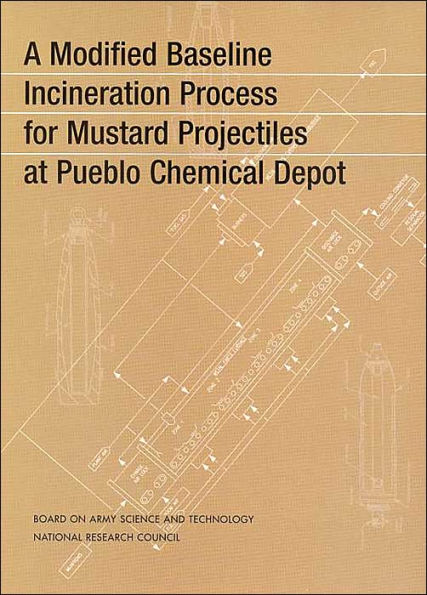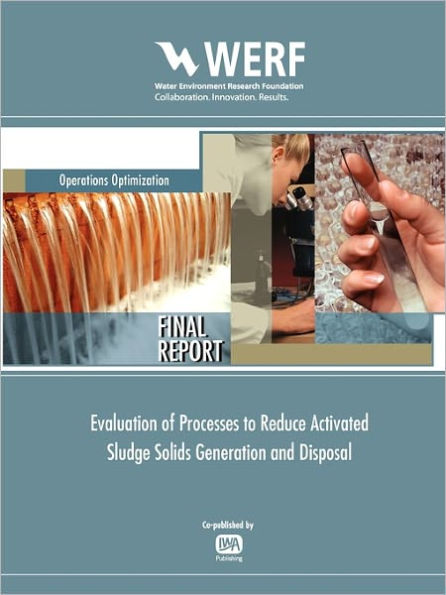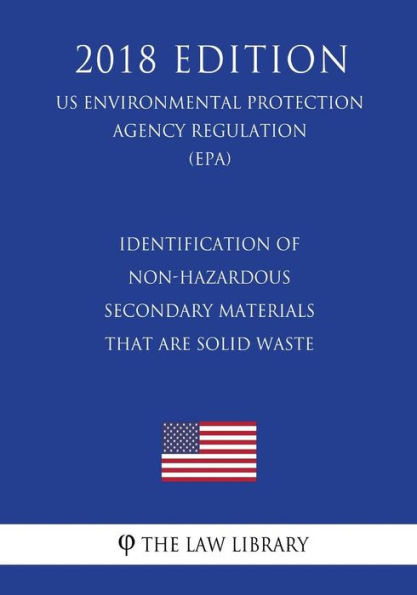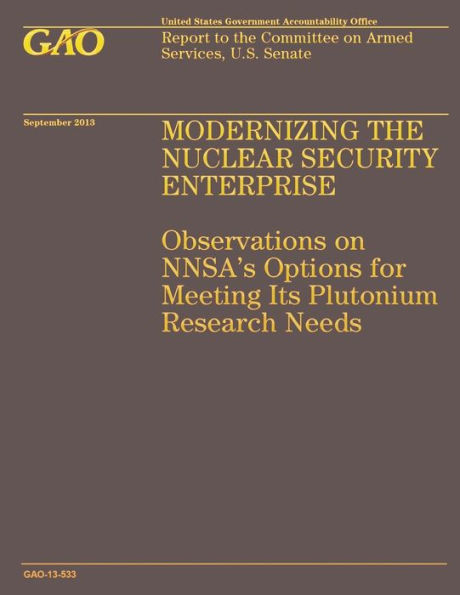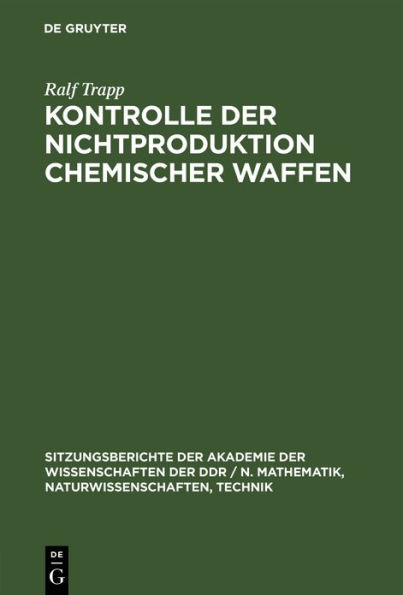Home
Disposal of Neutralent Wastes: Review and Evaluation of the Army Non-Stockpile Chemical Materiel Disposal Program
Loading Inventory...
Barnes and Noble
Disposal of Neutralent Wastes: Review and Evaluation of the Army Non-Stockpile Chemical Materiel Disposal Program
Current price: $29.00


Barnes and Noble
Disposal of Neutralent Wastes: Review and Evaluation of the Army Non-Stockpile Chemical Materiel Disposal Program
Current price: $29.00
Loading Inventory...
Size: OS
*Product Information may vary - to confirm product availability, pricing, and additional information please contact Barnes and Noble
The U.S. Army is the designated executive agent for destroying CWM. Nonstockpile CWM is being handled by the Non-Stockpile Chemical Materiel Program (NSCMP); stockpile CWM is the responsibility of the Chemical Stockpile Disposal Program. Because nonstockpile CWM is stored or buried in many locations, the Army is developing transportable disposal systems that can be moved from site to site as needed. The Army has plans to test prototypes of three transportable systems-the rapid response system (RRS), the munitions management device (MMD), and the explosive destruction system (EDS)-for accessing and destroying a range of nonstockpile chemical agents and militarized industrial chemicals. The RRS is designed to treat recovered chemical agent identification sets (CAIS), which contain small amounts of chemical agents and a variety of highly toxic industrial chemicals. The MMD is designed to treat nonexplosively configured chemical munitions. The EDS is designed to treat munitions containing chemical agents with energetics equivalent to three pounds of TNT or less. These munitions are considered too unstable to be transported or stored. A prototype EDS system has recently been tested in England by non-stockpile program personnel. Although originally proposed for evaluation in this report, no test data were available to the committee on the composition of wastes from the EDS. Therefore, alternative technologies for the destruction of EDS wastes will be discussed in a supplemental report in fall 2001. Treatment of solid wastes, such as metal munition bodies, packing materials, and carbon air filters, were excluded from this report.
evaluates the near-term (1999-2005) application of advanced (nonincineration) technologies, such as from the Army's Assembled Chemical Weapons Assessment Program and the Alternative Technologies and Approaches Project, in a semi-fixed, skid-mounted mode to process Rapid Response System, Munitions Management Device, and Explosive Destruction System liquid neutralization wastes.

